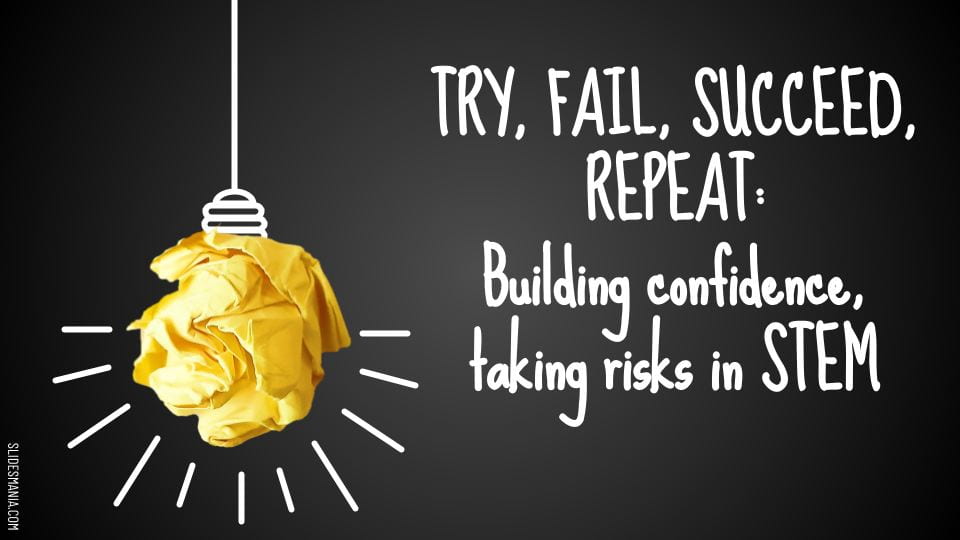“Holly. Next year, we are co-presenting,” Katie Miller informed me at Pittsburgh TESOL 2022. Katie, or as I knew her, “Duda” is my friend and colleague from graduate school. We graduated together in 2007, 2 of a cohort of dedicated students of linguistics, self-named “the trenchers.” We were in the trenches of phonology, syntax, and sociolinguistics, the beast of the Applied Linguistics program second semester. We attacked it together- study marathons, pizza and $2 pint nights at Cogans, and nerdy language jokes binded us all.
I hadn’t seen her in person for about 15 years, but serendipity and purpose re-united us in Pittsburgh. I knew she had presented virtually at TESOL on an ESL pre-engineering class she taught the year and was also teaching a fundamentals math class. She is the E and M in #STEM and I’m the T.
So here we are, year 3 of her, me, then us at TESOL presenting on STEM education with English learners.

Our presentation highlights one of the best outcomes of why we would teach coding and STEM to ELs: it promotes resilience, persistence, and a tolerance for problems–all of which are needed in learning a language. Learning a language is a long haul, not a semester class. It necessitates a learner’s mindset. How can we as EL teachers cultivate this mindset? STEM.
We organized our talk around 3 points: the problem of fear, opportunities to “fail” in STEM, and strategies to help our students “fail forward.” One of my favorite outcomes of preparing for this presentation was our discussion on how do we support our #EL students in our content? What kind of framework do we follow?

One, teach the language. For EL teachers, this is our strength! Tap into what you know. Teach the imperatives, the complex sentence structure, vocabulary development from general to specific to technical, multiple meaning words, problem solving language. Choose the language demand required of the lesson and go! Ways can include creating language guides with sentence stems, visuals/ gifs which explicitly explain and demonstrate vocabulary, conduct surveys, & pre-teach and play games with the vocabulary. Often to play games I’ll create sets in Quizlet and later export the Quizlet sets to Blooket. 7 minutes of a lesson used to practice, play, and apply. Check out an example set here, words like strength, weakness, puzzle, improve, develop, overcome, suggestion are cross-curricular and need-to-know in all disciplines.
Two, embed more opportunities to fail in the lesson sequence. In computer science, we introduce concepts with a real world activity first which later extends into a coding activity. Unplugged 🔌 to plugged💻. These are fun and build excitement, which carries over into project.
Three, leverage interactive support. In the WIDA world, interactive support is one of the 3 primary ways we can support ELs. In computer science, it’s known as peer programming. This can look different. One student can program and the other can offer guidance, input, and problem solve sitting by their side. Another way is one student can write code, another can read the code and predict what will happen, and then they test it together. Students work better together figuring out a puzzle. They help each other, learn to ask for help, and build relationships in the process. Both my loud and quiet students are all in when I assure them as I’m giving directions/model expectations, “You’ll get to talk soon, I promise, guys.”
Last, teach and embed social and emotional reflection. Teach them to move beyond, “I felt good” to “I felt accomplished.” Include sequence and extension, “At first, I felt _______. After its completion, I felt _____. Students can journal, participate in a poll, turn and talk, identify a feeling on a gradiency and then expand their choice with the why behind they feel. They try, fail, succeed, repeat–and know what they’re experiencing. Check out Duda’s emotions/ moods table below!

